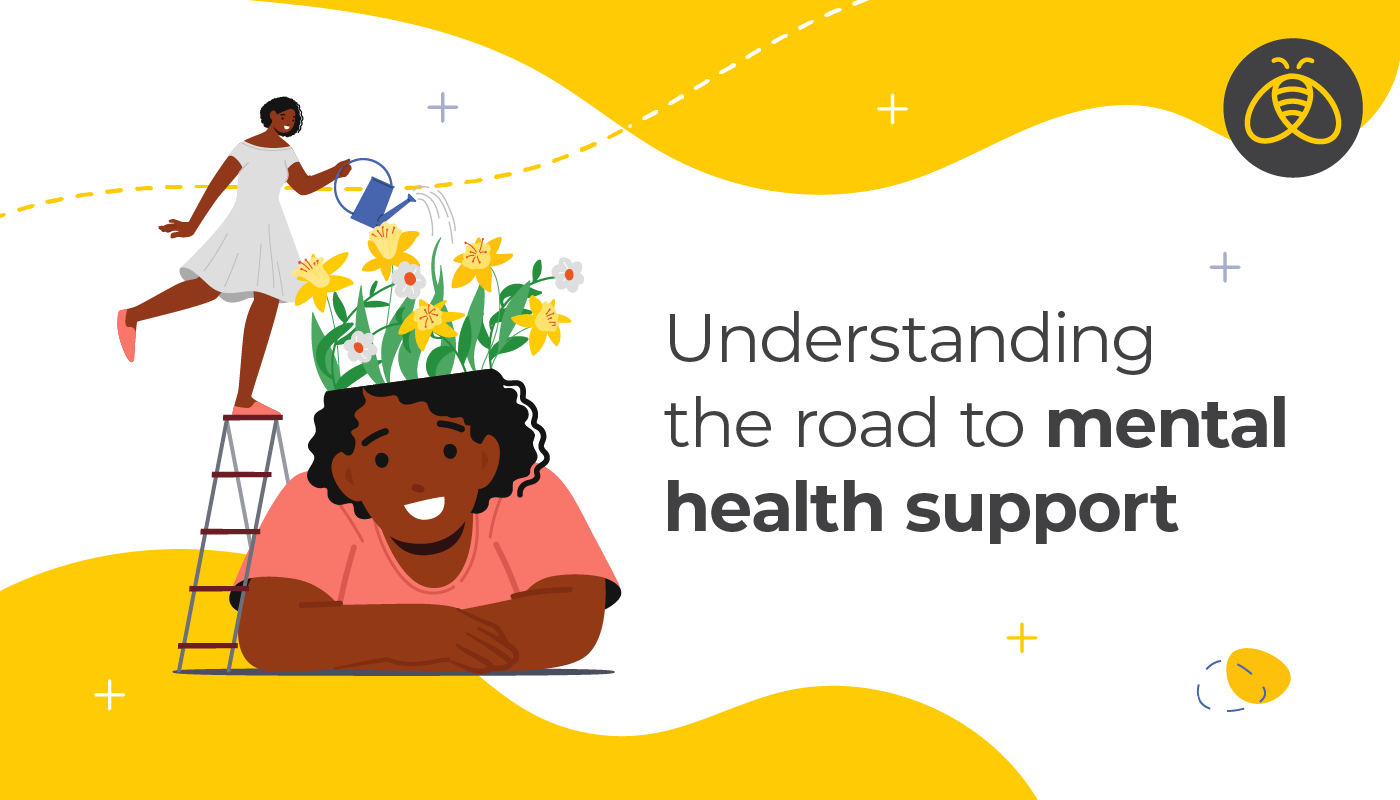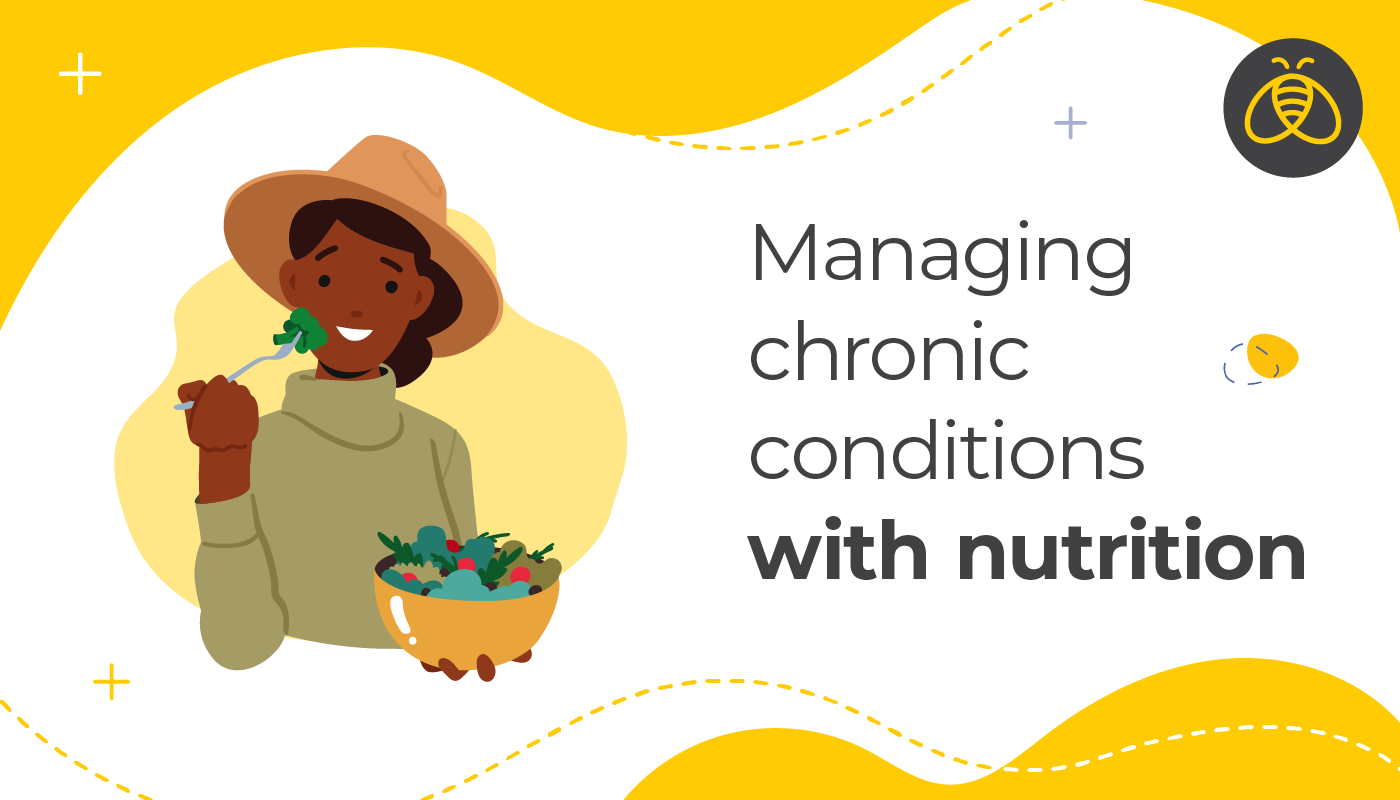Mindful Eating: A Nutrition Month Challenge
By: Benefits by Design | Tuesday March 17, 2020
Updated : Wednesday March 8, 2023
Guest blog post by Claire Duxbury, Health and Wellness Intern
March is Nutrition Month, where the focus is often on healthy eating and how to go about it. Instead, we’re going to suggest something a bit different for your consideration: how to eat.
What is Mindful Eating?
Mindful eating is about redeveloping awareness of our bodies’ natural signals of hunger and satiety (feeling full) and listening to those signals.
An example of one of these signals might be that first pang of hunger. A mindful eater will “hear” that hunger pang (perhaps literally if they’re hungry enough), and eat before becoming ravenous and stop eating when they’ve had enough. Mindful eating makes it less likely that we turn to unhealthy food choices or eat larger serving sizes than our body needs. It’s a simple concept in theory, but it can be tricky to do in practice.
Tips for Mindful Eating:
Swapping to mindful eating doesn’t have to be a significant change in terms of what you’re eating. Instead, it’s all about changing behaviours.
Tip #1: Say no to diet culture
Mindful eating tries to diverge from the idea that we should feel guilt or shame about eating certain foods. If you’re eating mindfully and paying attention to when you feel full, you’ll be less likely to eat any food in excess. Got a sweet craving? Satisfy it – just be sure not to overdo it.
Tip #2: Don’t multitask while you eat.
According to Canada’s 2015 census, 30% of Canadians eat all of their daily meals alone, and nearly 60% of Canadians are “distracted eaters,” meaning they eat while doing another activity. When we do that, we are more likely to eat quickly and just finish everything on our plate rather than consider whether or not we are still hungry. Try getting out of your car, putting down your phone, and getting away from your computer. All of those distractions make it difficult to listen to your body.
Tip #3: Slow down when you eat
All of us have experienced that uncomfortable ‘stuffed’ feeling after Thanksgiving dinner. That’s because the ‘full’ signal from your brain takes longer to send than you think (up to 20 minutes)!
Tip #4: Think about where your food came from
Some of our favorite treats stop being appealing when you think about how they are made. Take your favorite fast food burgers with their near-plastic cheese and flavourless vegetables. Others, like your grandma’s homemade apple pie, made with apples from the backyard, become even more special. Going through this process will help you appreciate your food and make healthier choices more often.
Tip #5: Separate food from emotion
We often turn to food to deal with feelings of boredom or stress. Taking a moment to consider whether you’re starving (or whether you are just looking for something to occupy your time) will help manage your snacking habit.
Interested in trying mindful eating for yourself? Here are some ideas to get started:
#1. Keep a food log of everything you eat and drink in one week, including the time of day and how you felt (happy, sad, bored, etc). At the end of the week, analyze your log for psychological and behavioural patterns. Are you eating a bag of chips every afternoon because you’re bored, or because your lunch wasn’t substantial enough?
#2. Take an eating cycle assessment to see which priority areas are most relevant to you. An eating cycle assessment will offer insight into your eating cycle and make suggestions based on your goals. Here’s a free one to try!
#3. Try a mindful eating app, like In The Moment or Intuitive Eating. They can help you figure out why you crave certain foods and suggest more tips and tricks for managing your eating habits with mindfulness in mind.
#4. Listen to a guided meditation before you dig into your next meal.
#5. Check your group benefits plan to see whether you have paramedical coverage to see a Registered Dietitian. Many of these practitioners are experienced in helping clients practice mindful eating. If you don’t, you may still have access to a Health Care Spending Account (HCSA) or Personal Spending Account (PSA) to help cover your sessions!


